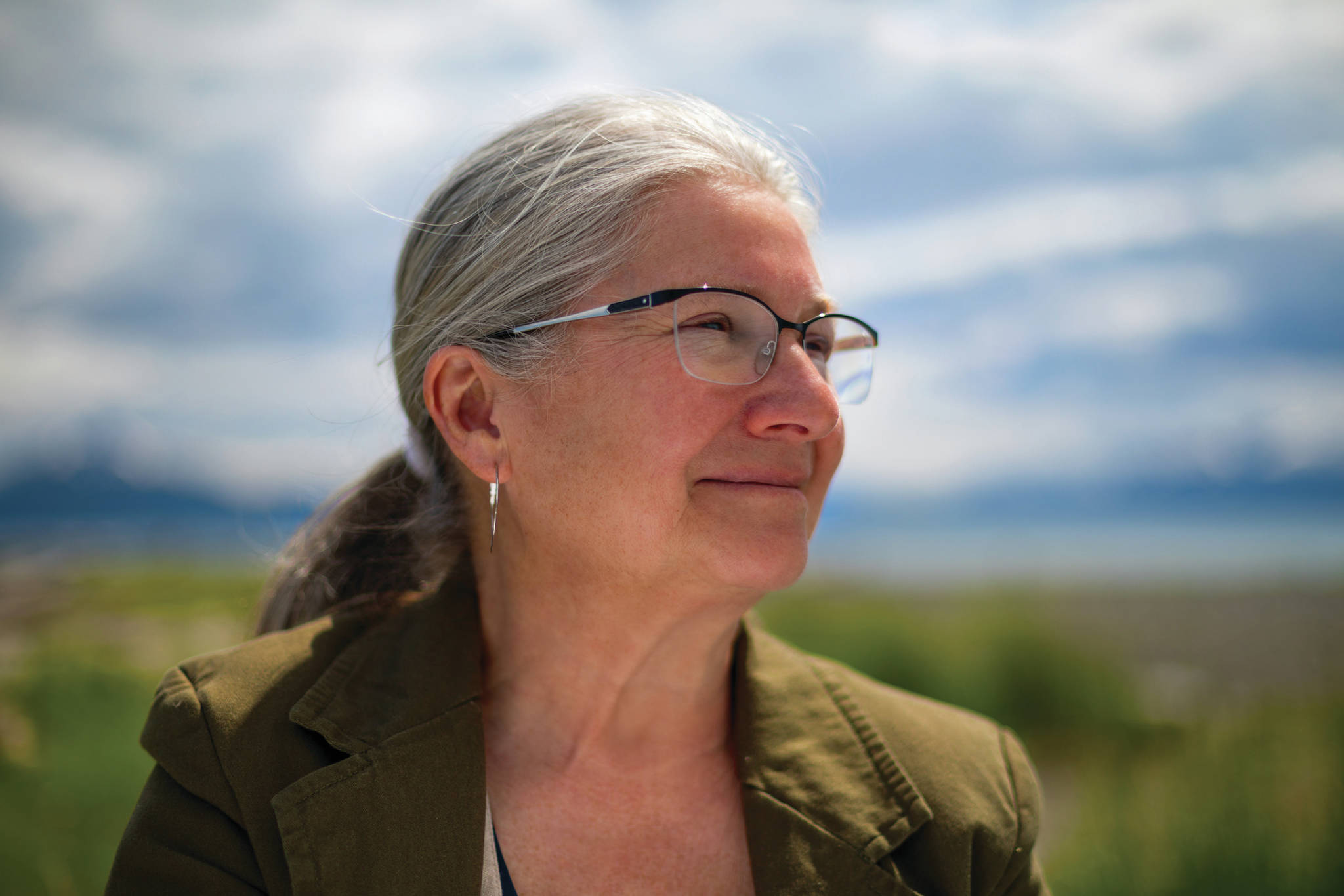Regarding the sale of BP’s assets to Hilcorp, John Shively, former commissioner of Alaska’s Department of Natural Resources and board chairman for the proposed Pebble project, recently wrote that state agencies “have the experience, the expertise and information needed to carefully and thoughtfully evaluate the intricacies of this transaction with the benefit of all Alaskans foremost in mind.”
As an Alaskan, I take exception to Mr. Shively’s assertion that the “benefit of all Alaskans” is the guiding star for state decision-makers when it comes to the fossil fuel industry.
My great-great-great grandparents struggled to turn the thumbprint of land at the mouth of Ninilchik River into a home for Russian-American Company pensioners and their families. My cabin is on land my grandparents — a woman of Russian and Alutiiq heritage and a man who immigrated from Lithuania — homesteaded long before Alaska was a state.
My daughters and I have been offered multiple leases that would relinquish our three-plus acres of family land to oil and gas exploration. If signed, they would give full rein to land where my grandparents lived, my father and his siblings were raised, and my grandchildren, daughters and I cherish as a touchstone to our past. The two most recent came from Hilcorp.
When we refused to sign the first lease, Hilcorp’s landman asked why. Our answer: “This is our home.”
The second time, Hilcorp planned to purchase neighboring property, develop a well pad, and drill beneath and through the property of which my daughters and I have sub-surface rights Not noted in the lease was the accompanying parade of gravel-hauling trucks, rumbling heavy equipment, house-shaking vibrations, blinding lights, and possible exposure to dangerous air, ground-water and soil toxins should fracking occur as it did on the Hilcorp pad a mile north of our cabin.
Again my daughters and I refused.
Other Alaskans’ lives have been upended by Hilcorp. When the company developed a drill pad near Clam Gulch, the lights, noise, traffic and employees’ lack of consideration immensely distressed Robert and Stacy Jo. The couple took their complaints to Hilcorp, law enforcement, borough representatives and legislators. They were repeatedly met with deaf ears, finally gave up, sold their home and moved away.
While praising Hilcorp for “expanding its investment in our state ,” Mr. Shively fails to mention the personal cost Robert and Stacy Jo and others sadly discovered: having an oil and gas pad nearby decreases property’s market value.
Hilcorp’s “proven track record” of revitalizing Alaska’s mature basins may be true, but the company’s get-it-done approach has caused unanticipated disasters. For instance, an aging subsea pipeline between onshore facilities and an offshore platform purchased in 2015 sprang a leak in December 2016, the leak wasn’t discovered until February 2017, and couldn’t be repaired until April 2017 due to Hilcorp’s lack of a response plan for winter conditions, allowing 225,000-325,000 cubic feet of gas a day to flood into the inlet.
Compliance and safety are logical assumptions when Mr. Shively refers to Hilcorp’s “responsible energy production,” safeguarded by multiple state agencies requiring “financial assurances and contingency plans to protect the state’s interests.” However, Hilcorp violated Alaska oil and gas regulations 25 times since arriving in 2012. The Alaska Oil and Gas Conservation Commission declared that a disregard for regulatory compliance was “endemic to Hilcorp’s approach to its Alaska operations,” and that “Hilcorp’s conduct is inexcusable.”
In 2015, three North Slope workers nearly died of suffocation at one of Hilcorp’s sites. In 2018, a worker for a Hilcorp contractor was killed at Milne Point.
For some, Alaska is ripe for the picking: get in, get what you can, get out. Others with a far-sighted perspective are willing to protect Alaska through a public charter that addresses the interests of all Alaskans, now and for generations to come. Those are the decision-makers this sale needs.
McKibben Jackinsky is a retired newspaper reporter, a freelance journalist and the author of “Too Close To Home? Living with ‘drill, baby’ on Alaska’s Kenai Peninsula.”


